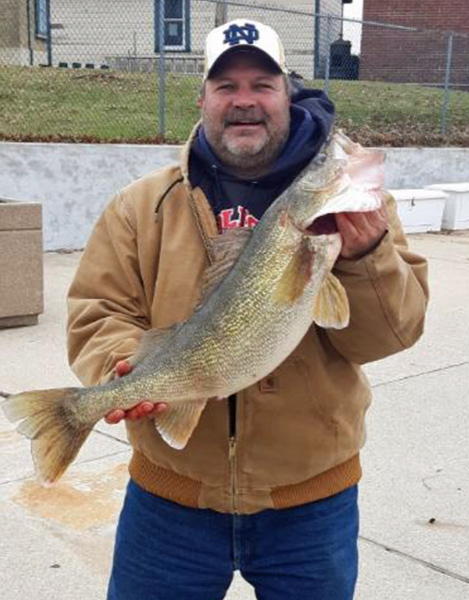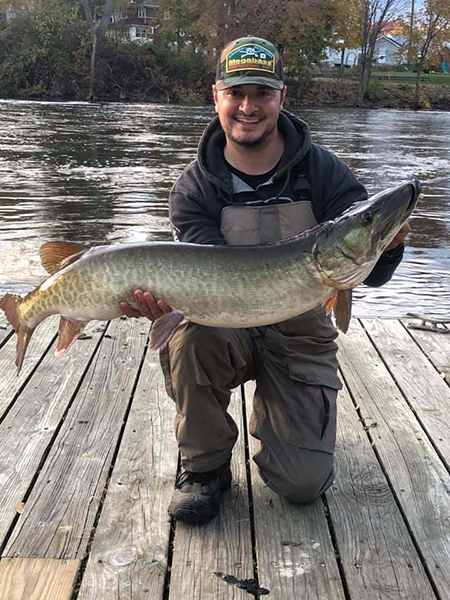- Details
By Louie Stout
 Buck Harvest Up Across Indiana
Buck Harvest Up Across Indiana
Michiana is on track to record the best deer hunting harvest in recent years.
It’s not just antlerless deer that are filling kill tags. Much of the increase is due to a rising number of bucks that have been taken since the season opened Oct. 1.
That trend appears to be statewide as well. Through November, Hoosier hunters had killed more than 99,800 deer, eclipsing last year’s mark of 96,000 during the same time period. The buck harvest increased by more than 4,000 across the state this past year.
In St. Joseph County, the total harvest through the end of gun season was down slightly (1,025-993) but the antlered buck harvest increased from 407 to 479. The county’s antlered buck kill was the highest it’s been since 2015.
Elkhart County saw an even bigger increase. The total county-wide harvest through the gun season was 1,341 compared to 1,162 last year while the buck harvest jumped from 508 to 615. It also was the county’s highest buck kill in five years.
Marshall County’s total harvest rose from 1,496 to 1,706 while the buck kill rose from 732 to 832, also a five-year high.
- Details
By Louie Stout Ron Ryba with his big walleye
Ron Ryba with his big walleye
Five measly ounces.
That’s how close Ron Ryba came to breaking Indiana’s long-standing walleye record.
“If only that fish had eaten one more shad…” said the Michigan City angler.
Ryba caught the 13.96-pound monster walleye from Trail Creek harbor shoreline in Michigan City a week ago Friday. Had it eaten one more of the large shad schooling where Trail Creek empties into Lake Michigan, he’d have broken the record that has stood for 45 years.
The current 14-pound, 4-ounce record was set in 1974 on the Kankakee River and tied in 1977 on the Tippecanoe River.
All is not lost, however. After the official weighing and photos, the fish was released back into the creek mouth.
“I want another shot at her – when she’s bigger,” said Ryba.
- Details
By Louie Stout
The future of walleye fishing on the St. Joseph River continues to brighten.
As they have done every other year, the Michiana Walleye Association partnered with the Indiana DNR to stock more fish into the river.
In early October, the DNR planted 8,900 walleyes in the river at Maggie’s Landing in Mishawaka. On that same day, another 2,000 – purchased by the walleye club – went in at the county line bridge near Midway Bait and Tackle. The walleye fish were purchased with funds the club raised through its various fund-raisers and donations it gained from interested businesses.
The DNR contribution was 600 fish shy of what it stocked in 2017 but 400 more than it stocked in 2015.
- Details
p>By Louie Stout
 Mason Alvardo with huge Muskie
Mason Alvardo with huge Muskie
Mason Alvardo walked along the St. Joseph River bank, casting into the chilly waters as he often does.
The IUSB student likes to hit the river near downtown South Bend in the late afternoon following a day of classes.
“I really like fishing for bass and walleye down there and catch quite a few,” he said.
His bait was a 3-inch Z-Man Finesse TRD worm fashioned on a tiny, 1/5-ounce jig head. The cleverly named soft plastic color was “Goby Bryant.”
The 27-year old Navy veteran, who served as an aviation boatsman mate equipment operator on the John C. Steenis aircraft career in the Southwest China Sea, enjoys fishing and being around the water.


